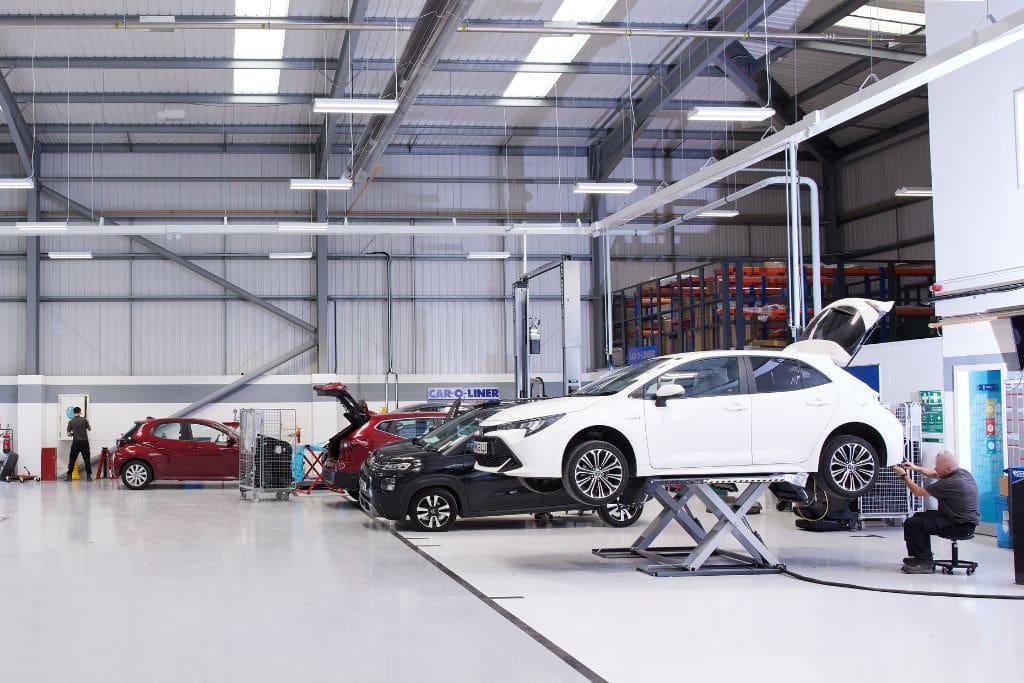Advanced Driver Assistance Systems (ADAS) have been on the rise in recent years, and are often now fitted as standard on new vehicles.
The systems are designed to minimise and correct human driving errors – providing blind spot detection, lane correction, and automatic emergency braking.
Here we run through everything you need to know about ADAS in your vehicle, and how it helps to reduce the prevalence and severity of car accidents.
What is ADAS technology in vehicles?
Advanced Driver Assistance Systems (ADAS) are a technology fitted in vehicles for the purpose of detecting hazards, correcting driving errors, and reducing the risk of accidents. They use a combination of RADAR, LIDAR, and onboard cameras to actively monitor the environment around your vehicle.
Why is ADAS important?
Studies show that over 90% of car accidents are caused by human error. By actively correcting these errors, it is hoped that ADAS will minimise the number of fatalities on our roads.
What does ADAS do?
ADAS uses RADAR/LIDAR to scan the area around your vehicle, providing a range of driver safety features, including:
Hazard detection
ADAS is capable of detecting hazards all around your vehicle – such as other cars, road obstructions, or pedestrians.
The system is able to warn the driver before they reach the hazard, allowing them plenty of time to take action.
Lane correction
ADAS constantly monitors the environment around your vehicle, taking into account lane markings and positioning.
This can be used to inform cruise control navigation, correct lane positioning, and detect other vehicles that cross the lane markings.
Emergency braking
Emergency braking systems are a common feature of ADAS, helping to avoid or minimise collision by slowing or stopping the car when a hazard is detected.
This might include vehicles slowing or stopping in front of you, obstructions in the road, or pedestrians crossing unexpectedly.
Parking assistance
Parking assistance has been a common feature in vehicles for a number of years, ranging from basic parking sensors to fully automated manoeuvres.
ADAS-powered parking assistance helps drivers to navigate tight spaces, avoid collision while parking, and can even do the steering for you in some cases!
How does ADAS technology work?
ADAS uses a combination of RADAR/LIDAR, ultrasound, and cameras to monitor the 360-degree environment around your vehicle. Sensors are usually placed on the front, rear, top, and sides of the vehicle.
Information from the sensors is passed through an advanced piece of software which is designed to identify hazards, and take appropriate action to mitigate them.
When does ADAS need recalibrating?

ADAS sensors are susceptible to movement in some circumstances – including during car repairs, accidents (even minor bumps), or even tyre replacement! It’s therefore wise to have your ADAS sensors recalibrated to ensure they’re working properly.
Why does ADAS need recalibrating?
If a sensor falls out of alignment, it will need to be recalibrated for the system to continue working properly. It’s therefore important to ensure ADAS sensors are always recalibrated by a professional if and when they need it.
ADAS: In summary
Advanced Driver Assistance Systems (ADAS) are a technology fitted as standard in many vehicles – using sensors to detect hazards and correct driver errors.
ADAS covers a number of important safety features, including:
- Hazard detection
- Lane correction
- Emergency braking
- Parking assistance
The systems use a combination of RADAR/LIDAR, ultrasound, and cameras to monitor the environment around your vehicle.
ADAS sensors can fall out of alignment during accidents (even minor bumps) or even car repairs – causing the system to stop working. It’s important to make sure your ADAS is recalibrated by a professional if and when needed.
Read more: Adapting the Motor Claims Journey to Meet Customer Expectations




